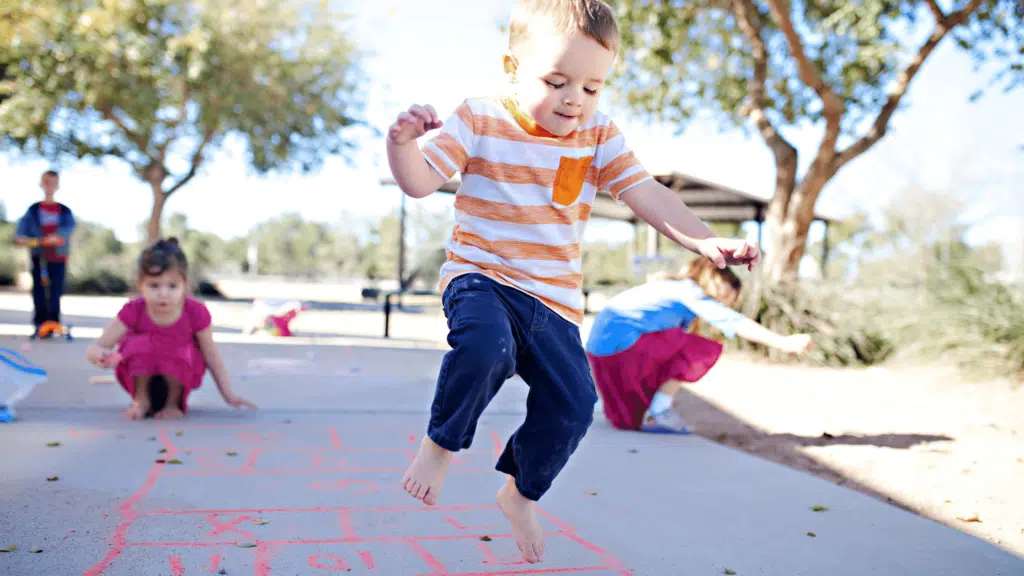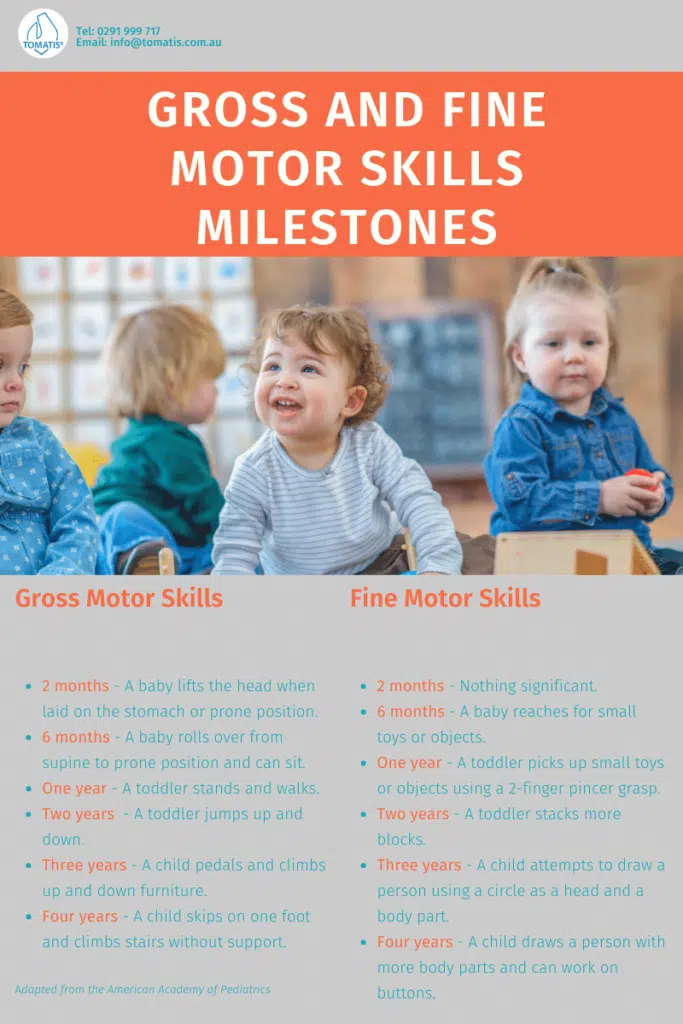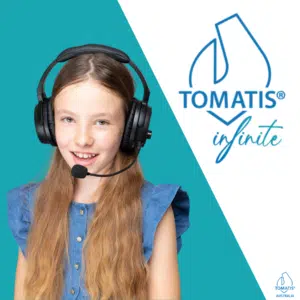Global Developmental Delay (GDD) is one of the most commonly diagnosed conditions among infants. It affects 1%-3% of children below five years old. GDD may be diagnosed between 3,000 and 9,000 Australian children born in any one year. Most of these children with GDD may also have an accompanying intellectual disability.
GDD refers to a condition when a child takes more time to reach typical milestones than other children of the same age. The child shows problems in at least two areas of development.
A child may show delays in cognitive, speech, language, social, and emotional skills. Physical difficulties include performing activities of daily living and gross and fine motor skills. A child’s muscle tone must be able to function well as it affects articulation and speech. Muscle tone also impacts daily activities involving gross and fine motor skills.
- What is the ear and muscle tone connection?
- What is muscle tone?
- What is the relevance of muscle tone in gross and fine motor skills?
- How common are problems in muscle tone and motor skills in children?
- What is the Tomatis® Ear-Brain-Body Stimulation Program for GDD?
- How the Tomatis® Method helps children with GDD
Grab our complimentary 20-min phone chat with Francoise Nicoloff

What is the ear and muscle tone connection?
The ear has two major functions through the vestibulocochlear nerve or cranial nerve 8. First, as a cochlear function, the ears are the primary organs responsible for hearing. The cochlea is an inner ear structure responsible for transmitting sounds from the ear to the brain.
Second, as a vestibular function, the ears play a role in balance and coordination. The vestibular system is made up of the bony structures inside the ear called the utricle and saccule. The vestibular system includes the semicircular canals.
The vestibular system is involved in the coordinated communication between the vestibular structures and the brain. It informs the brain of the body movements and receives instructions.
The vestibular system also helps in maintaining muscle tone and flexing or extending muscles when in motion. Problems in the vestibular system may result in balance and coordination difficulties and delays in motor skills. A study also indicates that vestibular function impacts motor skills in children with hearing problems.
What are the observable signs when the vestibular system has a problem? You can see it when a child acts clumsy or has awkward movements. The child often bumps into things and is prone to falls or injuries. The child may also tire quickly or may struggle to stay awake in class.
What is muscle tone?
Muscle tone is vital in doing physical activities or gross and fine motor skills. “Muscle tone is the continuous and passive-partial contraction of the muscle or the muscle’s resistance to passive stretch during the resting state.” ~ Cooper’s Fundamentals of Hand Therapy, 2020
The muscles have a degree of contraction even when muscles are at rest. Signals control muscle tone from the brain to the nerves. It tells the muscles to contract. It is a normal condition and is essential in maintaining posture and balance. It brings about reflex action and controls some organ functions, too.
There are two types of muscle tone:
- Hypotonia or spasticity means lack of flexibility or decreased muscle tone. Children with hypotonia have a hard time lifting their heads, arms, or legs. Their body seems to be limp or floppy. They find it challenging to perform gross and fine motor movements.
Hypotonia occurs when there is damage to the brain, nerves, spinal cord, or muscles. Some of the conditions with low muscle tone are Down syndrome, cerebral palsy, and Tay-Sachs disease.
- Hypertonic means extreme flexibility or increased muscle tone. Children with hypertonia have poor balance. They may make stiff movements and find it hard to walk, reach, or pull.
Hypertonia occurs when there is damage to the spinal cord or brain that regulates signals. Some of the conditions include Parkinson’s disease and multiple sclerosis.
You may visit our web page to know more about muscle tone.

What is the relevance of muscle tone in gross and fine motor skills?
Gross motor skills require large muscles of the legs, torso, and arms to do specific activities. These activities are standing, sitting, walking, and running. Gross motor skills also need proper hand-eye coordination, such as catching or throwing things.
Fine motor skills require the small muscles of the fingers, wrists, and hands to perform tasks. These tasks for children involve self-care, school, and play. Examples include eating, brushing teeth, writing, drawing, using scissors and tools, and tying shoelaces.
Children with GDD lag in gross and fine motor skills based on milestones.

How common are problems in muscle tone and motor skills in children?
A study reveals that 50% of 1,100 infants had atypical or abnormal muscle tone of 1-2 body parts. It is the most common condition among infants of the Dutch population.
Low muscle tone is associated with birth weight, gestational age, and Apgar scores among preterm infants. This condition significantly affects motor development. Low muscle tone is associated with autism, developmental language impairment (DLI), and GDD. Various studies describe the different states.
Autism: Researchers investigated if neuromotor development in infancy was linked to traits of autism in childhood. They conducted a longitudinal study of 2,905 children. The results of the study show that low muscle tone in infancy predicted autism at age six. Moreover, their study reveals that autism was not associated with high muscle tone.
DLI: Researchers conducted a cohort study among pre-school children with DLI. They found that motor function performance may affect language deficits among children with DLI.
GDD: Researchers conducted a study among 140 children with GDD. One of the findings shows that fine motor performance was predictive of cognitive ability or IQ.
Another study suggested that medical practitioners need to consider early intervention in problems with gross motor skills. Better motor skills impact the relationship between age, communication, socialisation, and skills in daily living. Researchers in a separate study came to the same conclusion. Motor skill development may have positive behavioural results for children with developmental disabilities.
Learn more about the causes and signs of GDD on our website.

What is the Tomatis® Ear-Brain-Body Stimulation Program for GDD?
A child’s brain with GDD is said to have diffused “mirror neurons.” These are signals which activate areas in the brain responsible for movement and communication. It includes muscle movement and overall perception. The brains of children with GDD work differently and thus do not share the same weaknesses.
Studies highlight the importance of early intervention to improve the quality of life of children with GDD. The Tomatis® Method benefits your child in many ways. It helps your child with GDD to improve on the following aspects:
- Motor planning
- Balance
- Posture and movement
- Emotional regulation
- Focus and memory
- Speech and language
- Social ability
It includes muscle tone and motor skills. The Tomatis® Method is a neurosensory stimulation training or sound therapy. It helps stimulate a better distribution of mirror neurons in your child’s brain.
How the Tomatis® Method helps children with GDD
It takes a multidisciplinary approach to manage the symptoms of GDD. The Tomatis® Method is a neurosensory stimulation training that influences the brain-body functions other than physical and occupational therapists. A special device is used, also called TalksUp®, which filters music, speech, or sound to stimulate the brain.
The vestibular system inside the ear is directly involved in neurosensory stimulation training. The results improve cognitive, speech, language, social, and emotional skills. Moreover, the Tomatis® Method helps children with GDD develop balance, coordination, motor skills, and muscle tone.

Qualified professionals conduct the Tomatis® program. Your child undergoes a two-hour evaluation. One assessment component is the Tomatis® Evaluation Database (TED) for level 1 practitioners or the Tomatis® Listening Test for more advanced trained professionals.
Your child undergoes two listening sesions. First is the passive phase when your child uses TalksUp® while doing ordinary activities. It is a relaxed phase where concentration is not required.
The second is the active phase when your child reads or repeats words using TalksUp® and a microphone to establish a proper audio-vocal loop. This process activates the connections between the ear, the brain, and the voice.
Throughout the program, our Tomatis® certified professionals regularly assess your child to determine his/her progress.
The Tomatis ® Method is helping more than 200,000 children and adults yearly and worldwide. They experience various problems related to the auditory and vestibular systems.
Your child with GDD may have difficulties other than low muscle tone and motor skills. These difficulties can be managed so your child can better cope with everyday activities.
Françoise Nicoloff
Official Representative of Tomatis Developpement SA in Australia, Asia and South Pacific, Director of the Australian Tomatis® Method, Registered Psychologist, Certified Tomatis® Consultant Senior, Tomatis® International Trainer and Speaker, Co-author of the Listening Journey Series, 40 Years of Experience, Neurodiversity Speaker




